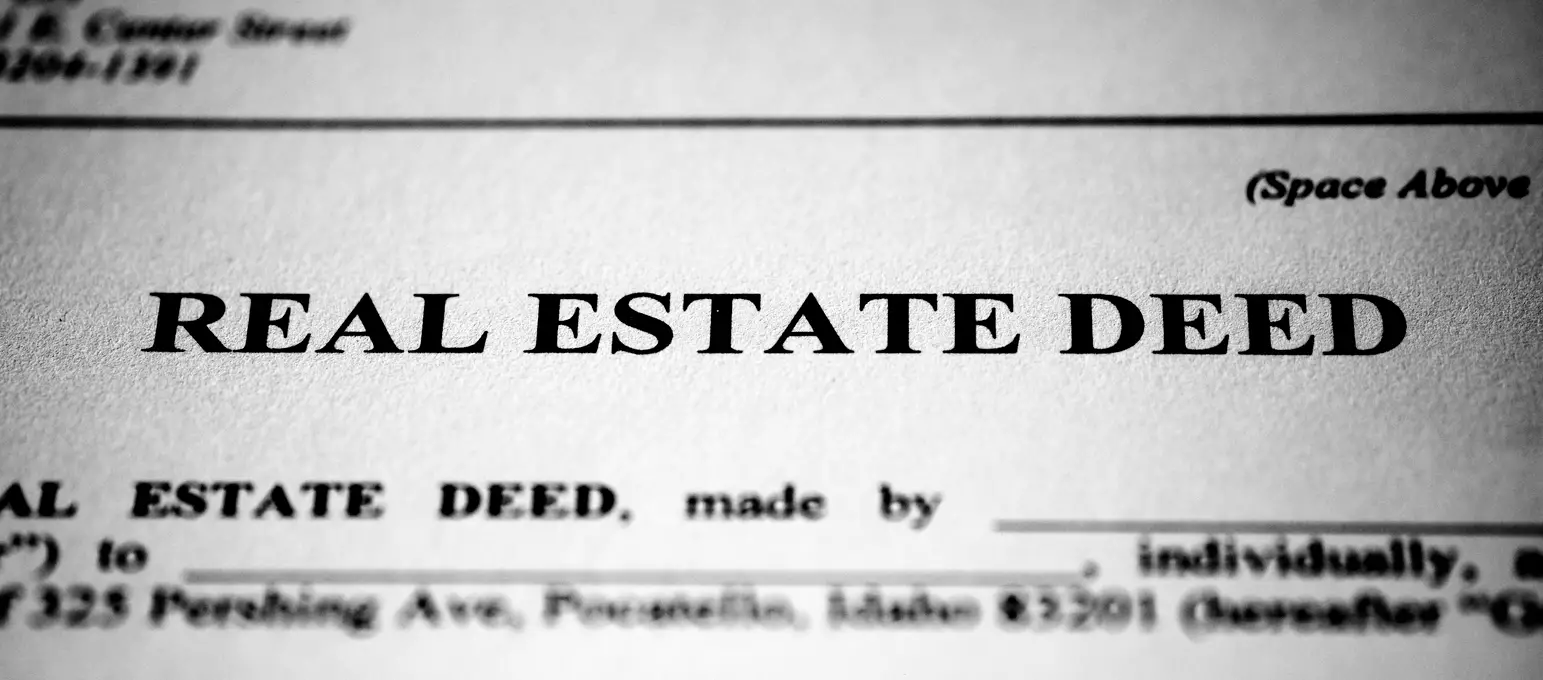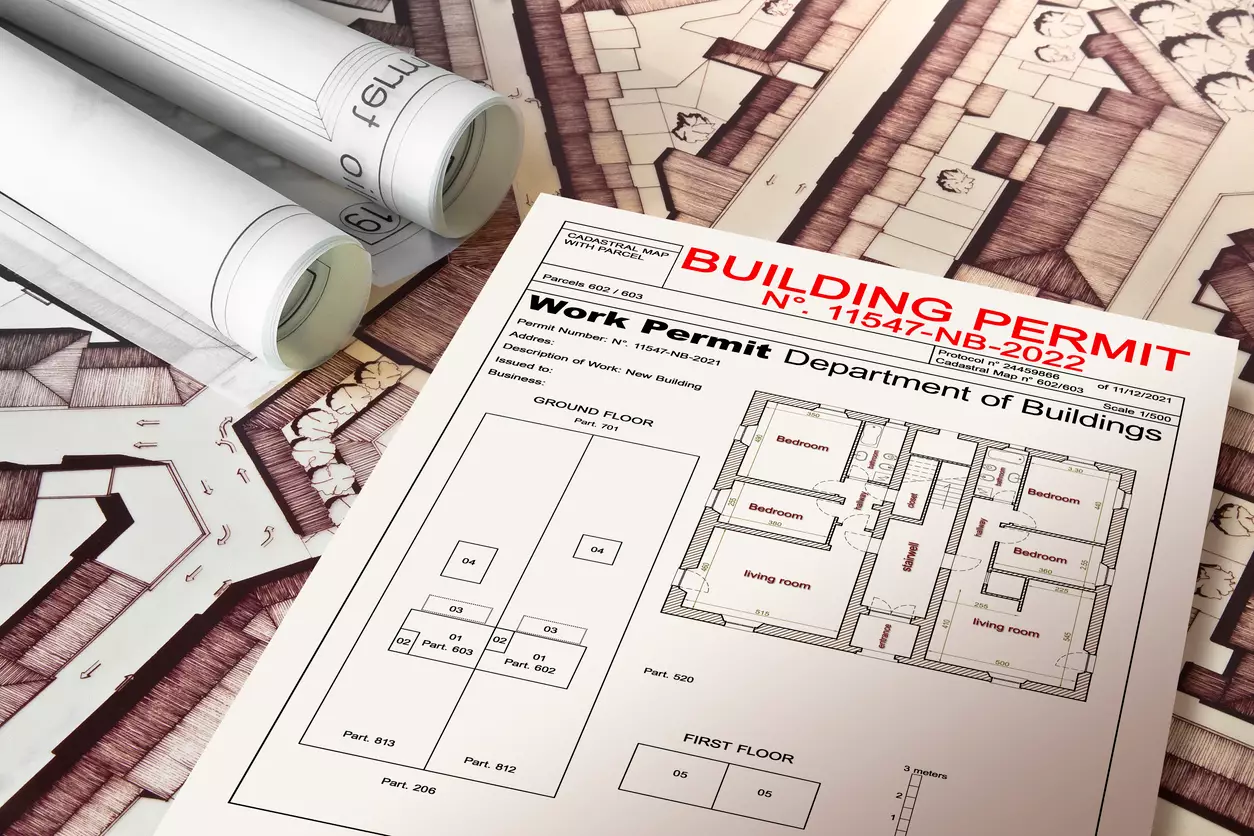Understanding Mortgage Backed Securities in Real Estate Investing

Table of Contents
- Understanding Mortgage Backed Securities in Real Estate Investing
- What Is a Mortgage-Backed Security?
- Mortgage-Backed Security Definition and Key Features
- How Do Mortgage-Backed Securities Work?
- Types of Mortgage-Backed Securities
- What Is a Commercial Mortgage-Backed Security (CMBS)?
- Mortgage-Backed Security in the Investment World
- Mortgage-Backed Securities and the 2008 Financial Crisis
Mortgage-backed securities (MBS) are investment products backed by pools of home loans, allowing investors to earn income as borrowers make their mortgage payments. These securities play a key role in the financial system by helping lenders free up capital and expand access to home financing. While MBS offer steady returns and portfolio diversification, they also carry risks—as seen during the 2008 financial crisis when poorly underwritten mortgages triggered widespread market instability.
With mortgage-backed securities playing an important role in the economy and impacting lenders, investors, and homeowners alike, understanding MBS has become crucial in order to have a good understanding of how real estate, finance, and global markets intersect.
What Is a Mortgage-Backed Security?
A common mortgage-backed security definition describes it as a type of investment backed by a pool of home loans. These loans are typically sold to financial institutions when homeowners take out mortgages. The financial institutions then bundle the loans together and turn them into securities that may be sold to investors.
Investors who purchase MBS (mortgage-backed security) typically receive regular payments that come from the monthly mortgage payments made by homeowners. Hence, MBS is a popular option for institutional investors seeking steady income. Pension funds, insurance companies, banks, and mutual funds are examples of some of the common investors in these securities.
Mortgage-Backed Security Definition and Key Features
A mortgage-backed security is an asset-backed security type representing an investment in a pool of residential home loans. The loans serve as collateral, meaning that they back the value of the security. When homeowners make their monthly mortgage payment, the money is collected and passed along to investors in what is known as a pass-through structure.
The following are key features of mortgage-backed securities:
- Collaterals: The loans backing an MBS serve as collateral, which means that the value of the security depends on the performance of the borrowers’ mortgage payments.
- Pass-Through Payments: Most MBS use a pass-through structure, where monthly mortgage payments (both principal and interest) from homeowners are collected and passed directly to investors.
- Tranches: In some cases, the loan pool in an MBS is divided into segments called tranches. Each tranche has a different level of risk and return. Senior tranches get paid first and are less risky, while junior tranches, which carry more risk but may have higher returns, are paid later.
- Credit Quality and Risk: The credit risk of an MBS depends on the quality of the underlying mortgages and the issuing institution. Agency MBS are considered safer, while private or non-agency MBS may carry higher default risks.
- Market Liquidity: MBS are often traded on secondary markets, which provide investors with the ability to buy and sell these securities. Liquidity may vary depending on the type and structure of the MBS.
- Interest Rate Sensitivity: Since mortgage payments are influenced by interest rates, the value of an MBS may fluctuate when interest rates rise or fall.
- Agency vs. Non-Agency MBS: Agency MBS are guaranteed by federal entities and are generally considered lower risk. However, non-agency MBS, issued by private lenders, do not have government backing and may include a wider range of mortgage types.
How Do Mortgage-Backed Securities Work?
Mortgage-backed securities work by turning home loans into tradable investment products. The process involves the following steps:
- Home Loans Initiation: This occurs when individuals take out mortgages from banks or other lending institutions to buy homes.
- Loans Pooling: Instead of holding the loans, banks bundle thousands of similar mortgages into a single pool, which forms the basis of a mortgage-backed security.
- Creating and Selling Securities: The bundled loans are sold to government-sponsored entities or private financial firms. These entities then create the MBS and sell shares of it to investors in the financial markets.
- Investors Earn Income from Mortgage Payments: As homeowners make their monthly mortgage payments, those funds are collected and passed along to MBS investors. The payments include both principal and interest, providing investors with a steady income stream.
For a better understanding of how MBS works, imagine a bank issuing 1,000 mortgages, each worth $200,000. The total value of the loan pool is $200,000,000. The bank sells this pool to an institution, which packages it into an MBS and offers portions of it to investors. If an investor buys $10,000 worth of the MBS, their return would come from a share of the mortgage payments being made by the homeowners in the $200,000,000 pool. Provided borrowers keep paying, the investor will continue to get regular payments based on their share.
Note that while the bond-like returns for mortgage-backed securities are steady and attractive to persons looking for predictable monthly income, MBS also comes with certain risks, such as:
- Prepayment Risk: If many homeowners pay off their mortgages early (due to refinancing or selling their homes), investors may get their principal back sooner than expected, reducing interest income.
- Default Risk: If borrowers do not make payments as stipulated, especially in lower-quality or non-agency MBS, investors may experience losses.
- Interest Rate Risk: When interest rates rise, the value of MBS may fall, making them less attractive to investors.
Types of Mortgage-Backed Securities
A mortgage-backed security may come in different forms, including pass-through MBS or collateralized mortgage obligations. A pass-through MBS is the most common and simplest type of MBS. Here, mortgage payments from homeowners (principal and interest) are collected by a servicer and passed through directly to investors, usually every month. All investors in a pass-through MBS share in the cash flow from the pool of loans equally, based on their investment size.
On the other hand, a collateralized mortgage obligation (CMO) is a more complex type of MBS. In a CMO, the mortgage pool is divided into multiple tranches or layers, each with its own level of risk, return, and payment schedule. Senior tranches get payments first and are characterized by lower risk, while junior tranches get paid later and involve more risk but have higher potential returns.
What Is a Commercial Mortgage-Backed Security (CMBS)?
CMBS, short for commercial mortgage-backed securities, is a type of investment product backed by a pool of commercial real property or estate loans. These loans are usually secured by income-producing properties such as hotels and resorts, multifamily housing complexes, shopping centers, office buildings, and industrial facilities.
Like residential mortgage-backed securities, CMBS are created by bundling loans and selling them to investors. Hence, the major difference between the two lies in the type of underlying property. While residential MBS are backed by home loans taken out by individual borrowers, CMBS are backed by loans on commercial properties, often involving larger loan amounts and business-driven repayment terms.
Mortgage-Backed Security in the Investment World
In the investment world, a mortgage-backed security (MBS) is considered a popular fixed-income asset, particularly among institutional investors seeking steady cash flow and portfolio diversification. MBS offers an attractive means of earning income tied to the performance of the housing market without directly owning property.
In addition to the often predictable income stream, investors choose mortgage-backed securities because they are available in various structures and risk levels, allowing investors to choose securities matching their financial goals and risk tolerance. Also, government-sponsored MBS are even more attractive for their perceived stability.
Note that while mortgage-backed securities offer income opportunities, they also come with specific risks such as prepayment and interest rate risks. In prepayment risk, when interest rates fall, homeowners are likely to refinance mortgages, which usually leads to early loan payoffs, reducing the amount of interest income investors receive. In interest rate risk, the value of an MBS may decline when interest rates rise, as is the case in other fixed-income investments. Consequently, higher rates may make existing MBS less attractive to new investors, lowering their market value.
By allowing lenders to sell mortgages and replenish their capital, MBS supports the continuous flow of lending, which in turn helps keep interest rates on home loans stable and accessible. Hence, when the MBS market is strong, banks and mortgage lenders are more likely to offer competitive loan terms, which may boost housing demand and economic activity.
Mortgage-Backed Securities and the 2008 Financial Crisis

In 2008, the housing market in the United States experienced rapid growth with mortgage lenders issuing a large volume of home loans, many of which were bundled into MBS and sold to investors across the world. At the time, these securities were widely regarded as safe as they were backed by well-known institutions. However, many of the underlying mortgages were riskier than they seemed.
During the housing boom, large numbers of subprime mortgages were bundled into mortgage-based securities. Subprime lending refers to the practice of giving home loans to borrowers with poor credit histories, low income, or other financial challenges. Loans offered in subprime lending typically come with high interest rates and terms, making repayment difficult.
Since housing prices were rising during the boom, it was assumed that borrowers would refinance or sell their homes if they were unable to make payments. However, when housing prices began to fall, many homeowners defaulted on their loans. Hence, the value of MBS backed by subprime loans dropped significantly, leading to huge losses for banks and investors and triggering a global financial crisis.
In response to the dangers exposed in mortgage-backed securities by the 2008 financial crisis, financial regulations became more stringent. The events of that year showed how the misuse of mortgage-backed securities can destabilize the global economy. The Dodd-Frank Act introduced stricter oversight of mortgage lending and required issuers of MBS to retain some of the risk to discourage reckless practices. Consequently, today's MBS market is more regulated and transparent, with better screening of borrowers and clearer information for investors.
Search Property & Deed Records
Table of Contents
- Understanding Mortgage Backed Securities in Real Estate Investing
- What Is a Mortgage-Backed Security?
- Mortgage-Backed Security Definition and Key Features
- How Do Mortgage-Backed Securities Work?
- Types of Mortgage-Backed Securities
- What Is a Commercial Mortgage-Backed Security (CMBS)?
- Mortgage-Backed Security in the Investment World
- Mortgage-Backed Securities and the 2008 Financial Crisis
Related Articles
Recent Articles
-
![]() Best Real Estate Markets to Invest in 2025 for Maximum Returns
Best Real Estate Markets to Invest in 2025 for Maximum Returns
-
![]() What Is Appraised Value and What Does a Property Appraiser Do?
What Is Appraised Value and What Does a Property Appraiser Do?
-
![]() What Is a Property Deed Transfer and How Does It Work
What Is a Property Deed Transfer and How Does It Work
-
![]() Everything You Need to Know About Building Permits in Florida
Everything You Need to Know About Building Permits in Florida
-
![]() Everything You Need to Know About Commercial Property Insurance
Everything You Need to Know About Commercial Property Insurance










